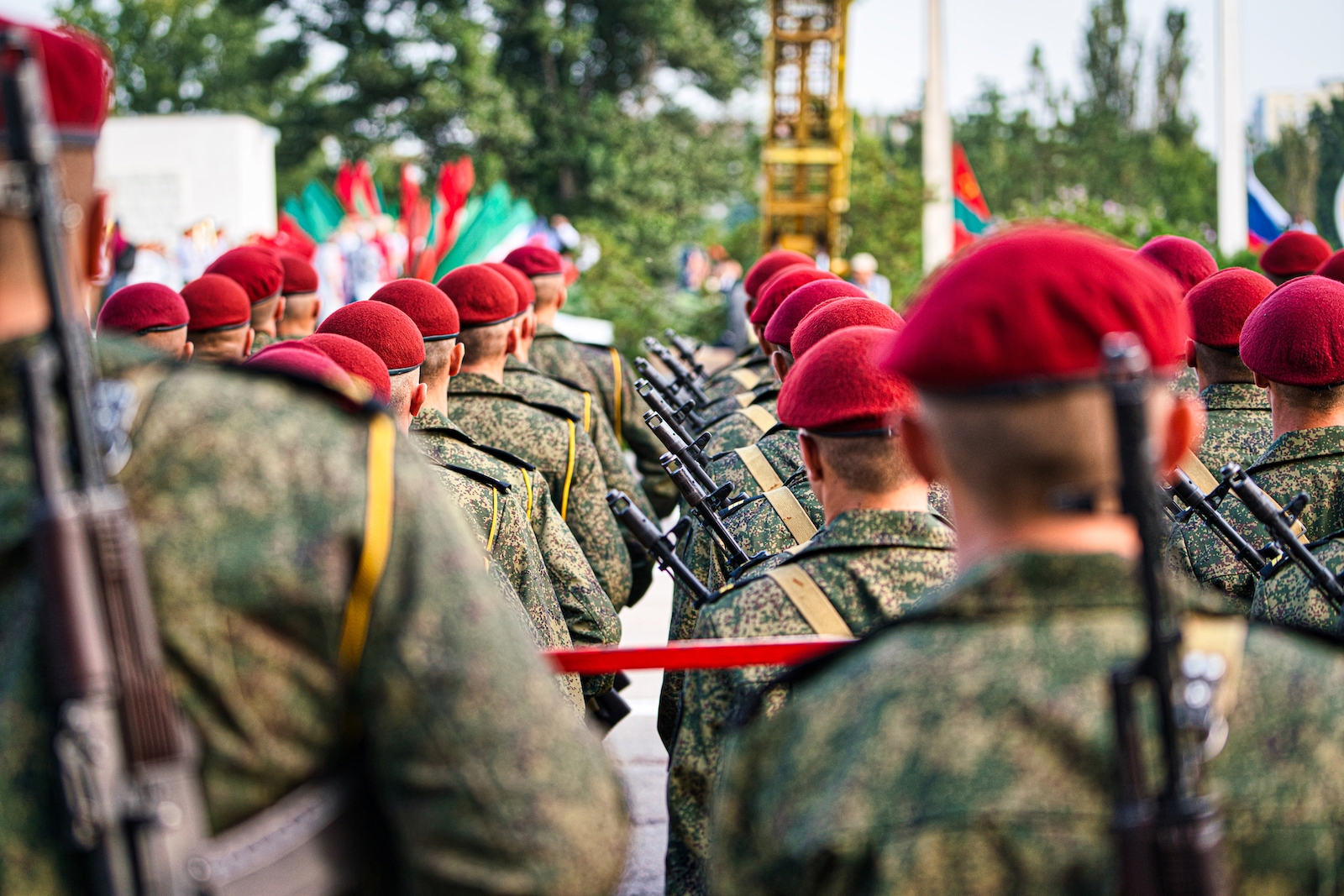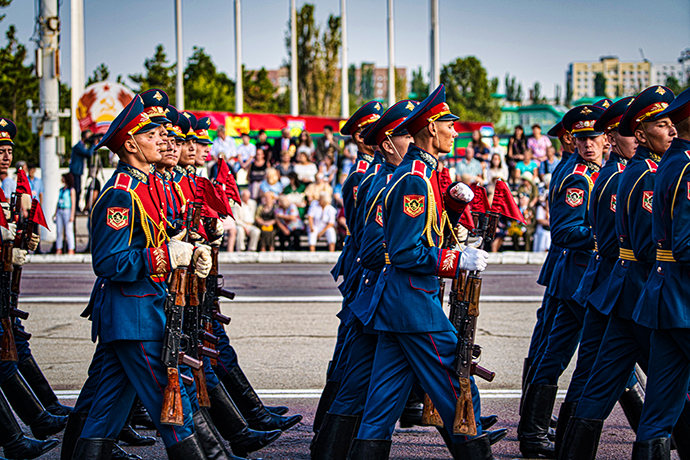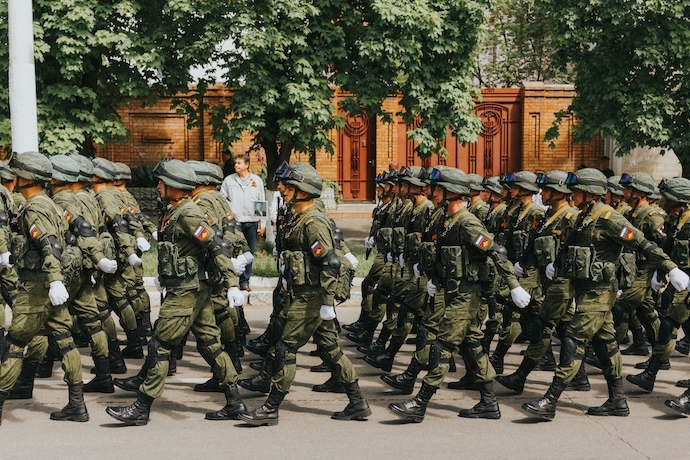
Transnistrian Feint Foreshadows Long-Term Russian Meddling in Moldova
Since the Russian invasion of Ukraine began in late February, there are concerns that the conflict could spill over into adjacent regions. A series of explosions and reported outbreaks of gunfire in Transnistria last week have heightened fears of war spilling over out of neighboring Ukraine. Transnistria is a breakaway region of Moldova that gained de-facto independence after a brief border war in 1992, though it is internationally recognized as part of Moldova to this day.
Last month, the Security Council of Transnistria confirmed the destruction of a radio center in Mayak, damage to a government building in Tiraspol, and gunfire directed at a military unit near Parkany. These attacks could simply be spillover from Ukraine; however, due to Transnistria’s close links with Russia, it is more likely an attempt by the Kremlin to open a new area of provocation away from the more militarily prepared Baltic states.
Russia is the single largest supporter of Transnistria’s separatist government, having played a key role in securing Transnistria’s autonomous designation within Moldova. The Russian military supplied Transnistrian separatists with their own arms and recruits for the 1992 war, and Russia threatened to send its army into Moldova if it continued to attempt to assert control over Transnistria.

What resulted was a ceasefire agreement with a larger detachment of Russian troops acting as peacekeepers stationed in Transnistria. Transnistria effectively maintains its autonomous status thanks to this Russian troop presence. On top of military support, Russia provides Transnistria subsidized natural gas, pension supplements for older Transnistrians, and Russian passports to Transnistrians serving in the military.
This heavy dependence on Russia for its continued existence makes Transnistria the perfect channel to stress test NATO’s southern flank. Transnistria’s separatist movement was largely fueled by concerns of ethnic Russian and Russian speakers who made up a majority of the population of the region.
Russian President Vladimir Putin’s repeated threats to protect “oppressed Russian-speaking populations” have been saber-rattling towards the Baltic states. Now, these threats will test the resolve of nearby NATO member Romania, which maintains an exceptionally close relationship with Moldova. Upwards of 20,000 tons of Russian weaponry are currently stored in Transnistria in varying stages of upkeep. This arsenal combined with a disinformation campaign already in full swing, thanks to large Russian-aligned media, means Moldova and its neighbors will face increased Russian intimidation in the near future.
Moldova is Europe’s poorest country and, largely due to the conflict in Transnistria, does not have a large industrial base. That makes maintaining a credible military deterrent difficult. Moldova’s military only counts 6,000 soldiers, and the country devoted only 0.4 percent of its GDP to defense. Russia has continued to attempt to recruit Transnistrian citizens into the Russian army. Currently, it’s neither possible nor feasible for Moldova to try to join NATO.

Instead, the U.S., EU, and NATO can take steps to further integrate Moldova into EU markets and shore up support for NATO capabilities already deployed in Romania. Moldovan President Maia Sandu has stated that she wants Moldova to eventually apply for EU membership.
However, Moldova’s massive issues with corruption means that clamping down on graft will take time. Assisting Moldova in tracking down the oligarchs that drained state coffers to the tune of $1 billion will strengthen Sandu’s government and would be a first step in deepening existing trade agreements between Moldova and the EU.
Moldova’s role in NATO’s Partnership for Peace and Cooperation Council could be retooled to focus more on rooting out corruption in the country’s defense sector, and Romania could play a larger role in stabilizing the region through its hosting of NATO’s multinational brigades. Most importantly, however, Romania would be able to share with Moldova the technical and financial support to build pro-Western or unbiased Russian-language media that can reach Transnistria. Romania has already begun doing the work necessary to counter Russia’s disinformation war.
Since Russia will attempt to keep the region unstable and off-balance to rob Moldova of the stability needed to reform its institutions, Romania and Moldova can provide a clear source of information to Moldovans to counteract Russian attempts to undermine Moldova’s government or cause mass panic.
The Russian troop presence in Transnistria only amounts to 1,300 soldiers — that’s hardly enough to launch a successful attack against Ukraine. Look for Russia to continue to utilize the Transnistrian separatists to test Moldova’s and Romania’s defensive capabilities, regardless of the outcome of the war in Ukraine. Russia has an eye toward the long game in southeastern Europe and Transnistria stands to be a crucial channel to facilitate instability for years to come.
